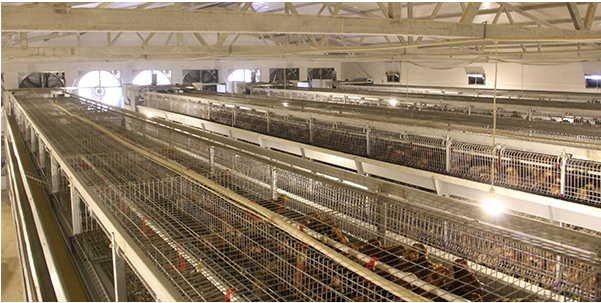Understanding the Role of Ventilation and Temperature Control in Battery Chicken Cages
- Published in Chicken cages
The role of ventilation and temperature control in battery chicken cages cannot be overstated when it comes to creating a conducive and healthy environment for layers. These factors play a crucial role in maintaining optimal conditions within the cages, directly impacting the well-being and productivity of the layers.
Proper ventilation is essential to ensure the circulation of fresh air and the removal of harmful gases. Battery chicken cages are designed with features that allow for adequate airflow, preventing the buildup of ammonia and other pollutants. Good ventilation not only enhances the respiratory health of the layers but also contributes to overall environmental hygiene.
Temperature control is equally important. Maintaining an optimal temperature within the cages is essential for the comfort and well-being of the layers. Battery chicken cages often incorporate temperature control features, ensuring that the climate remains within the suitable range for the birds. This is particularly crucial in extreme weather conditions, where temperature fluctuations can adversely affect egg production and layer health.

Effective ventilation and temperature control also contribute to disease prevention. A well-ventilated environment reduces the humidity levels, minimizing the risk of respiratory infections. Consistent temperature control prevents stress-related health issues among the layers, ensuring a more robust and resilient flock.
Farmers should actively monitor and adjust ventilation and temperature settings based on seasonal variations and specific farm conditions. Regular checks and maintenance of ventilation systems contribute to their effectiveness in creating a comfortable and healthy environment for layers.
In conclusion, understanding the role of ventilation and temperature control in battery chicken cages is essential for creating an environment that supports the well-being and productivity of layers. These features are integral components of modern poultry farming practices, ensuring a sustainable and efficient operation.
